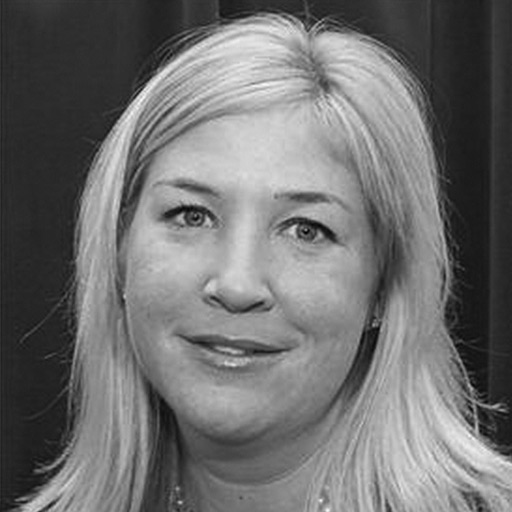KonMari-ing the Courts
The other day my husband and I discovered the Netflix series Tidying Up with Marie Kondo, a series of allegedly “inspiring home makeovers.” If you’re not familiar, Marie Kondo uses the innovative KonMari Method™ from her best-selling book The Life Changing Magic of Tidying Up to help people clear out their clutter and choose joy. The KonMari Method™ encourages tidying by category—not by location—beginning with clothes, then moving on to books, papers, komono (miscellaneous items), and, finally, sentimental items. Kondo advises, “Keep only those things that speak to the heart, and discard items that no longer spark joy. Thank them for their service – then let them go.” Oddly enough, this show had the opposite effect of “sparking joy” for the two of us. We immediately began shouting out loud at the couple who had amassed a Guinness World Record-sized collection of books. Our frustration poured out at the T.V. like we were watching a very recent NFL championship game. The wife’s decision to throw away a ratty old paperback book on how to make cocktails took at least five minutes—there were hundreds more to go. We nearly lost our minds that day wondering, “How do people live like this?”
It got me thinking about the courts I visit around my state. We, like I assume most states, have record-retention rules; limited storage facilities; a reluctance to move to electronic, non-paper-based file systems; and technology and funding limitations. As a result, I have seen beautiful old courthouses with buckling floors from the weight of a filing-cabinet graveyard. I hear stories of staff spending hours looking for a particular file on the day of a hearing. I see clerks buried in stacks of paper surrounded by fortress-like shelving units and color-coded baskets.
I wondered, if the KonMari Method™ could work to inspire homeowners, could it work in a courthouse? Kondo cautions that “most tidying methods advocate a room-by-room or little-by-little approach, which doom you to pick away at your piles of stuff forever.” I can only imagine how long some of those old piles have been staring back at courthouse staff, never to diminish, perhaps only to grow taller. Kondo says, “In order to truly cherish the things that are important to you, you must first discard those that have outlived their purpose.” The KonMari Method™ places great importance on being mindful, introspective, and forward-looking. We’ve been hearing a lot about mindfulness at the NACM conferences, and this just might be one more way to bring it to the workplace. I’d love to hear your story of “tidying up” your workspace. How did you inspire your co-workers? What did you discard that “no longer sparked joy”? What advice would you provide to others who want to try this approach? Send your story to courtmanager@nacmnet.org!


